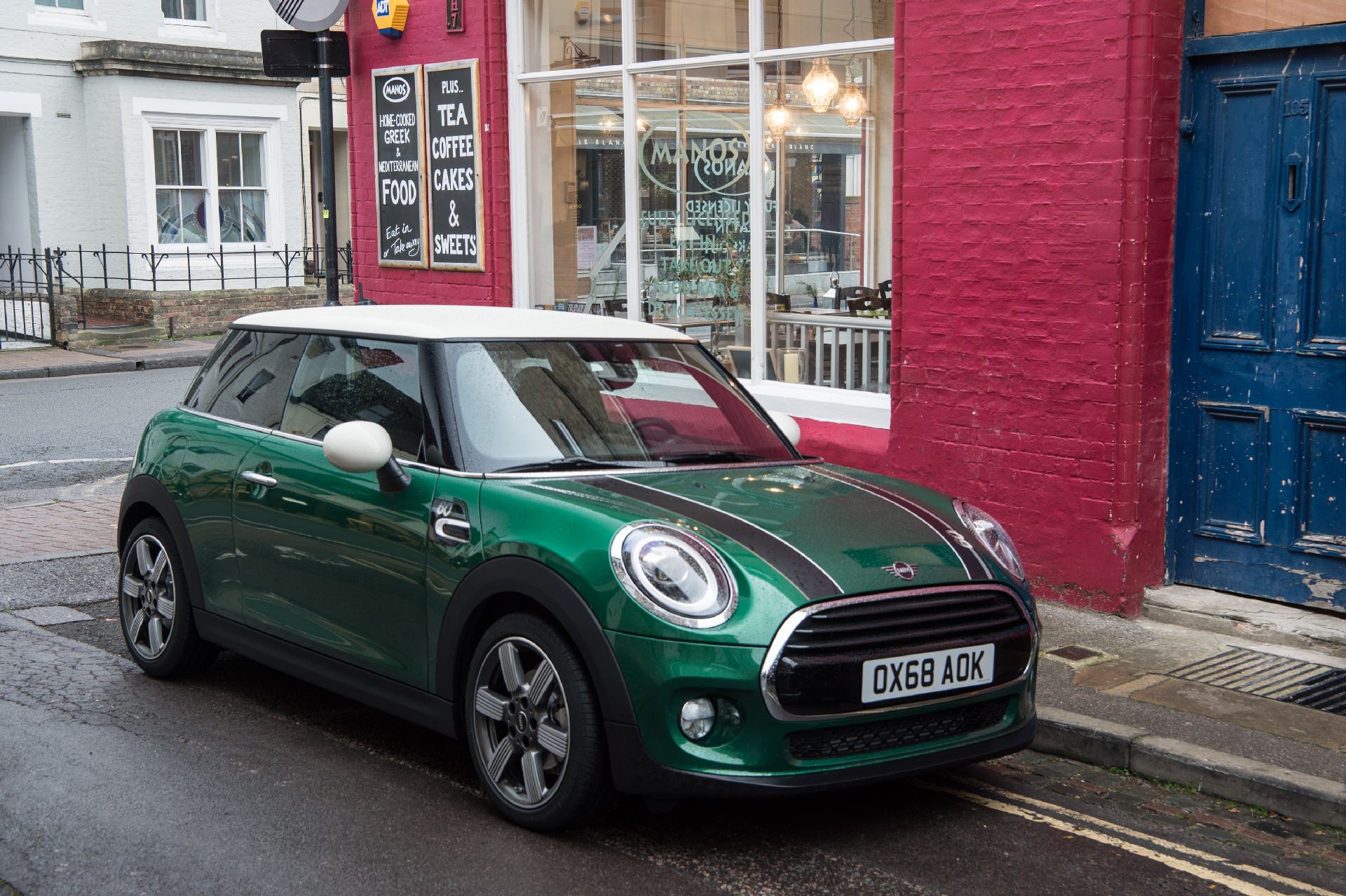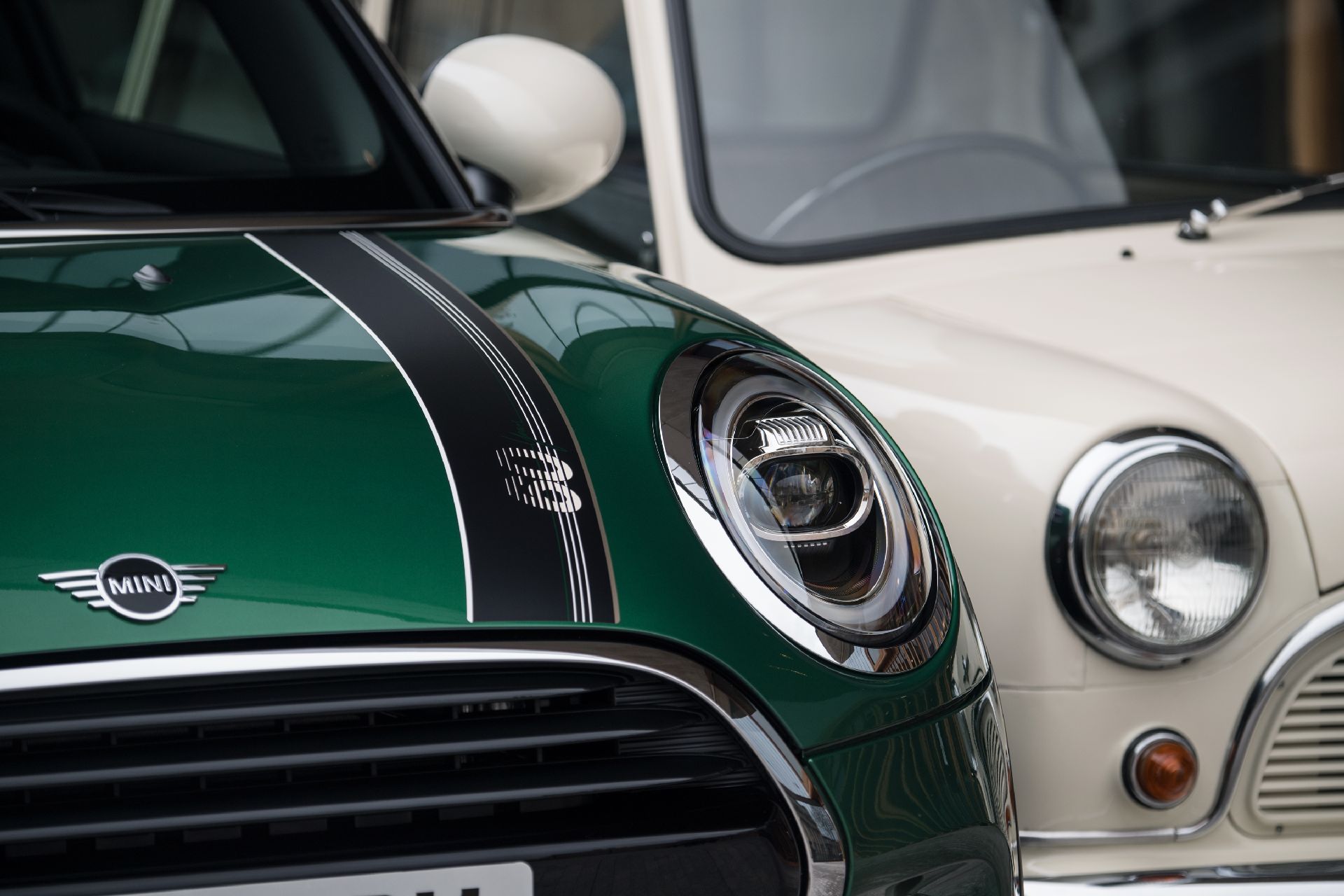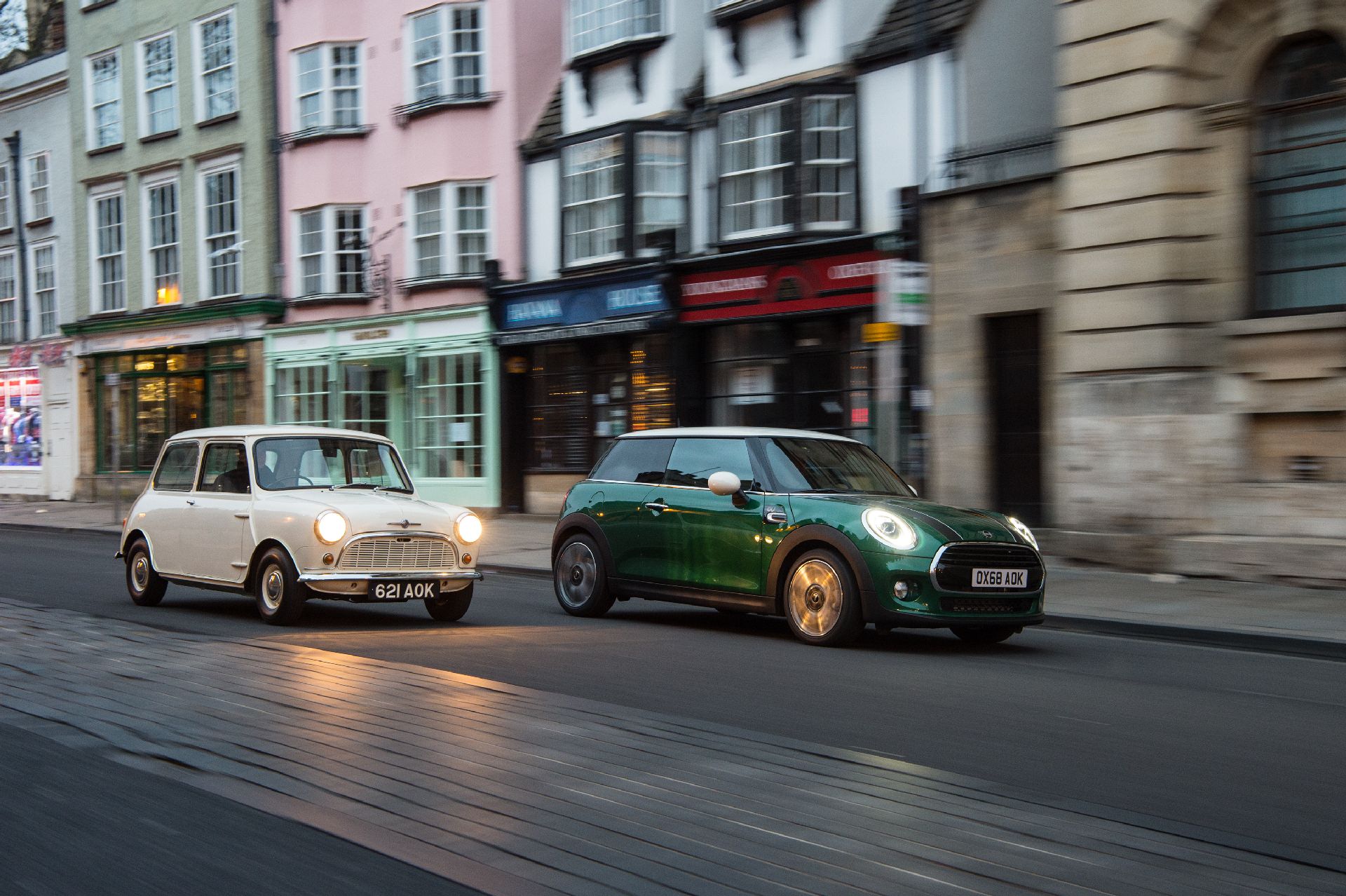It has been sixty years since the very first Mini was introduced, as the Morris Mini-Minor which manufactured by the British Motor Corporation (BMC).
The car, which would go on to become a British icon, was announced to the public on August 26, 1959, and for the first decade of its existence, was sold under the Morris and Austin brand names. Powering original models was a four-cylinder mustering up a mere 34 HP. While that may not sound like much nowadays (and it really isn’t), it was a lot for a car as small as the Mini six decades ago.
Consumers absolutely loved the Mini and, in 1960, the British car manufacturer introduced a Van variant and, shortly afterwards, an estate, marketed as the Morris Mini-Traveller and the Austin Seven Countryman.
Also Read: It Only Took Mini 60 Years To Make Its 10 Millionth Vehicle
In 1961, the Mini Pick-Up was introduced and before long, it was followed up by the original Cooper, developed by famous engineer and sports car manufacturer John Cooper. The original Mini Cooper was limited to just 1,000 units and put out 55 HP from an enlarged 1.0-liter engine.
Customers proved eager to enjoy even more power and the Cooper S S was later introduced with a 1,071 cc engine and 70 HP. In 1963, the Cooper S hit the rally scene and went on to claim a class win at the Monte Carlo Rally. It also secured overall wins in the Monte Carlo Rally in 1964, 1965 and 1967, an incredible feat considering it was up against much more powerful machinery in one of the most demanding rallying events of the calendar.
In 1994, the brand was acquired by the BMW Group, who kept the classic Mini we’ve all come to know and love into production, with some minor improvements such as fitting a (mandatory) airbag until 2000. The Bavarians were already working on a successor and, in 2001, the brand-new generation was launched that managed to retain the original’s looks and charm despite being an all-new design.



















